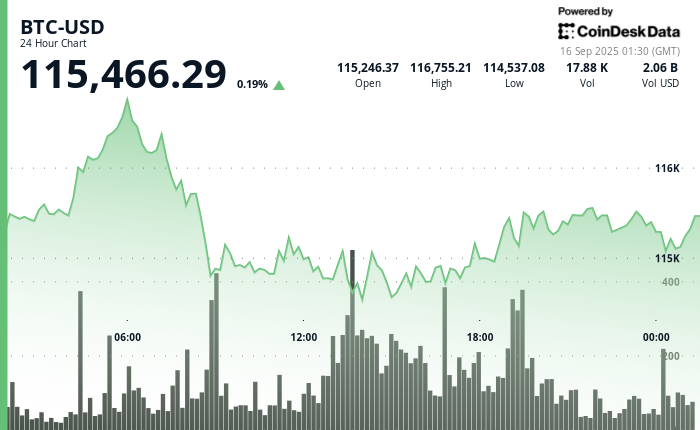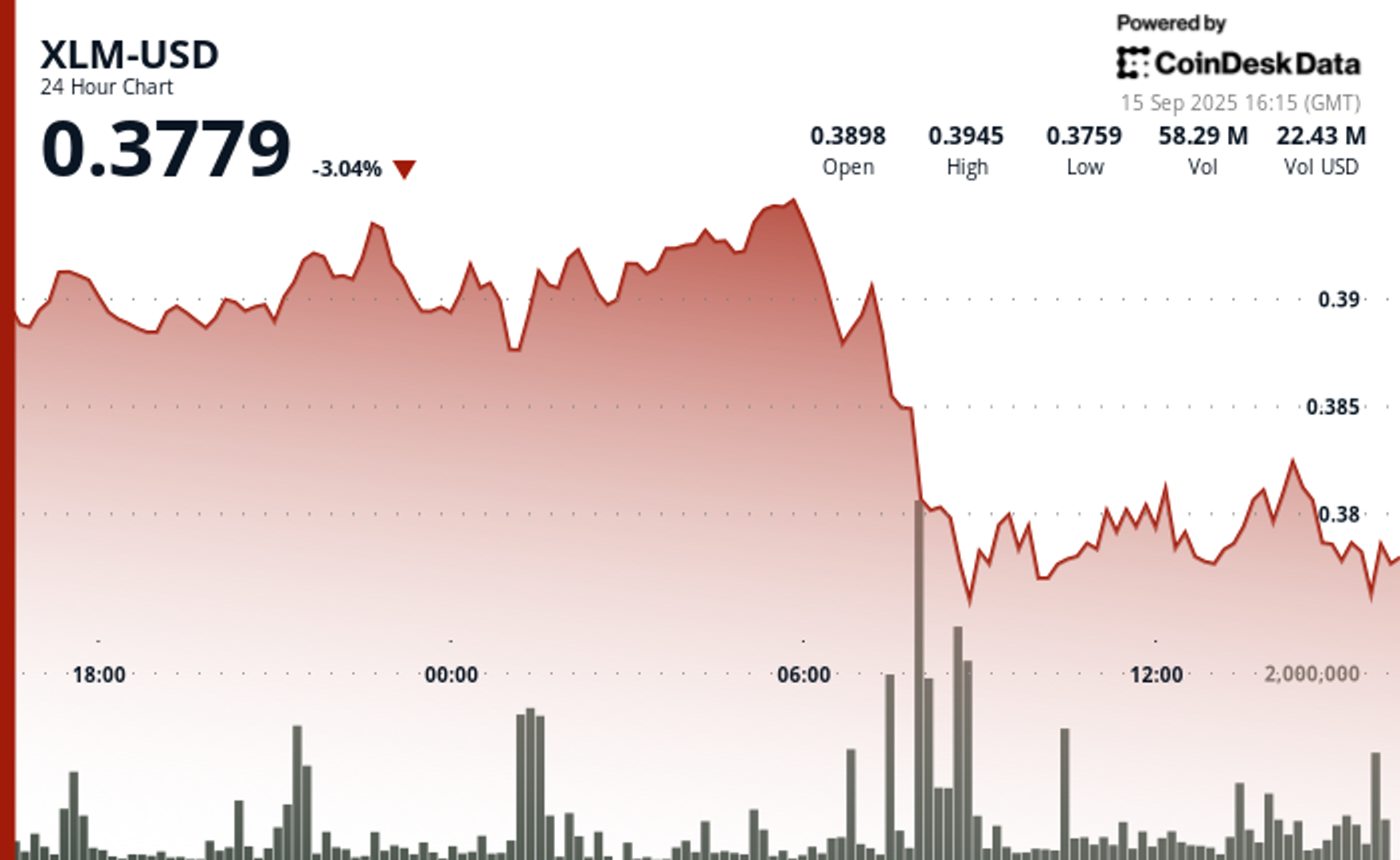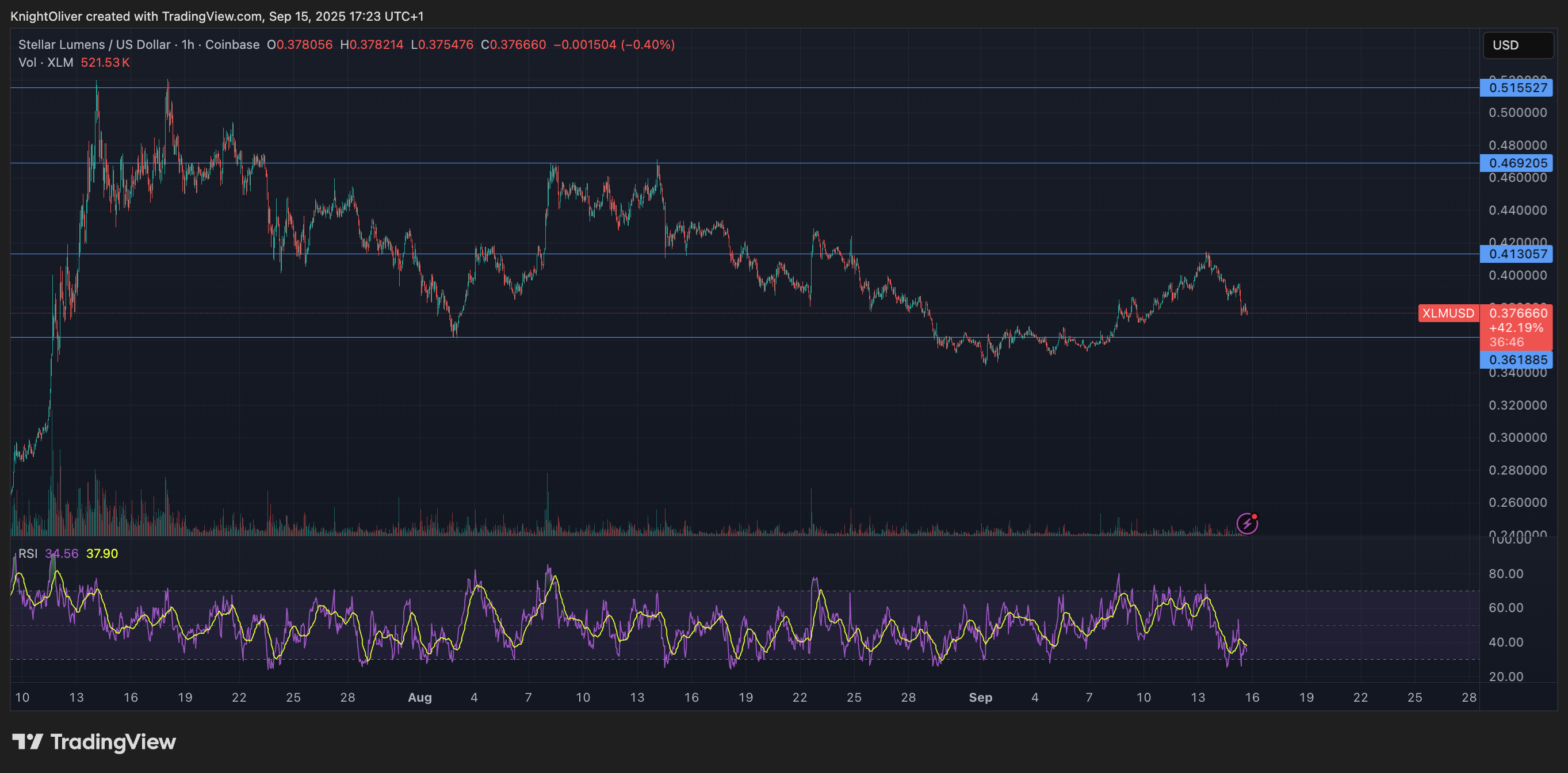Uncategorized
99% of Crypto Tokens Are Going to Zero: Fund Manager

There’s never been a better time to allocate money to crypto hedge funds.
That’s according to Chris Solarz, the chief investment officer of digital assets at Amitis Capital, a firm which runs a crypto-focused fund of funds — meaning a fund that specializes in allocating capital to various money managers.
“This is the golden age for crypto hedge fund investing,» said Solarz, who used to be responsible for almost $8 billion in allocations at investor advisory firm Cliffwater, in an interview with CoinDesk. «It’s an alignment of the stars. This beta, this secular tailwind… blockchain as a whole has such potential. At the same time, the money manager universe is so scarce that I feel like I’m shooting fish in a barrel being able to pick the winners.”
Crypto markets are still so new that money managers are able to run the same trading strategies that they used to 35 years ago in TradFi, when hedge funds were only just emerging, Solarz said.
Only 127 hedge funds existed back in 1990, managing roughly $39 billion; by 2024, those numbers had skyrocketed to over 10,000 funds managing $5 trillion in assets. In other words, the sector got way more competitive — and it became much harder to outperform the market.
Solarz’s thesis is that the crypto sector (which counts roughly 1,650 hedge funds managing $88 billion in assets) is currently 10 times less competitive than traditional markets, to the point that money managers are able to dust off and readapt 20-year-old strategies that stopped working in TradFi over a decade ago due to commoditization.
“I meet 20 managers [in crypto]… 19 out of 20 don’t deserve to be running money,” Solarz said. “A lot of them are young and have never managed money before. They’ll say ‘We’re investing in bitcoin, ether and solana.’ And I’ll say, ‘Well, why am I paying you 20% for that?’ … When I pay 20% to a manager, I don’t want them to give me stuff that I can just do myself or buy in an ETF form.”
The crypto sector is likely to keep presenting asymmetric opportunities to money managers until the technology is completely integrated into the financial sector, according to Solarz. Nobody says they work for dot-com companies anymore, because every firm is a dot-com company. At some point, people will stop talking about crypto as something separate from the rest of the financial system, so the reasoning goes — possibly when bitcoin catches up to gold in terms of market capitalization, which Solarz thinks could happen within the next 10 years.
No altcoin season
There are three large categories of funds that Solarz looks at for allocation: venture funds (which provides capital to startups), liquid directional (funds that bet on whether the market will go up or down) and liquid market neutral (which earn to make money regardless of market moves).
When looking at liquid directional funds, Solarz is more interested in the manager’s process and risk management than specific theses they may espouse. What’s their investment strategy? Is it repeatable? How do they think about macroeconomics? Then he plows performance data points into models that determine how much value the manager is adding.
“It’s easy for me to avoid the big losers. It’s always hard to pick the winners,” Solarz said. “If something seems fishy or I don’t think they have a true investment process, it’s easy to pass on, but there’s always a little bit of luck involved as well to be the best out performer every single year.”
That process needs to be rigorous, because the days where all cryptocurrencies rise together — the fabled altcoin seasons — are over, or so he says. The crypto ecosystem now counts approximately 40 million tokens, by Solarz’ count, and he expects 99.99% of them to eventually go to zero. «There’s only 100 that are worth talking about,» he said.
The crypto market will need an injection of at least $300 billion to sustain current prices over the next three years, Solarz argues, because of the massive token unlocks that are scheduled to weigh down the top 100 tokens. The size of the liquid token market for hedge funds is around $30 billion, Solarz noted, and retail traders have moved on to memecoins. In other words, there’s currently nobody to buy up all of that supply.
“This is the overhang. This is why there can’t be an altcoin bull market in general for some time,” he said.
Market neutral strategies
Historically, five times more money has gone into crypto VC funds than into all of the crypto liquid funds combined, Solarz said, because venture investing makes it easier to hide mark-to-market losses from investment committees. This dynamic is one of the reasons why Amitis sees more opportunities on the liquid side. Solarz has allocated capital to 14 funds so far. Of these, three are VCs, four are liquid directional, and seven are liquid market neutral.
“This is a little bit glib, perhaps, but at the institutional level, they’re really trying not to lose money, while at the family office, we’re trying to compound returns,” Solarz said. “If there is a venture capital opportunity that seems incredible … I will consider investing, but the hurdle rate is so much higher if you’re locking up money for 10 years.”
Market neutral strategies are still very profitable, Solarz said. For example, traders were able to arbitrage the price of cryptocurrencies on South Korean exchanges back in December when President Yoon Suk Yeol declared martial law, creating a regional crisis. South Korean investors sold their assets in a panic, but the rest of the world did not, creating disparities in price that funds were able to take advantage of.
Another popular strategy involves benefitting from the funding rates associated with perpetual contracts. Institutional investors often short a cryptocurrency while gaining spot exposure to it at the same time; this allows them to remain perfectly market neutral while they collect interest on the perps, which can sometimes reach 30% annualized. That same strategy is deployed on spot bitcoin exchange-traded funds (ETFs) and the CME Group bitcoin futures.
“That’s what they’re doing in this category, they’re doing variations on this, and it’s still very profitable, double-digit returns and in a consistent manner,” Solarz said.
Uncategorized
Asia Morning Briefing: Fragility or Back on Track? BTC Holds the Line at $115K

Good Morning, Asia. Here’s what’s making news in the markets:
Welcome to Asia Morning Briefing, a daily summary of top stories during U.S. hours and an overview of market moves and analysis. For a detailed overview of U.S. markets, see CoinDesk’s Crypto Daybook Americas.
Bitcoin (BTC) traded just above $115k in Asia Tuesday morning, slipping slightly after a strong start to the week.
The modest pullback followed a run of inflows into U.S. spot ETFs and lingering optimism that the Federal Reserve will cut rates next week. The moves left traders divided: is this recovery built on fragile foundations, or is crypto firmly back on track after last week’s CPI-driven jitters?
That debate is playing out across research desks. Glassnode’s weekly pulse emphasizes fragility. While ETF inflows surged nearly 200% last week and futures open interest jumped, the underlying spot market looks weak.
Buying conviction remains shallow, Glassnode writes, funding rates have softened, and profit-taking is on the rise with more than 92% of supply in profit.
Options traders have also scaled back downside hedges, pushing volatility spreads lower, which Glassnode warns leaves the market exposed if risk returns. The core message: ETFs and futures are supporting the rally, but without stronger spot flows, BTC remains vulnerable.
QCP takes the other side.
The Singapore-based desk says crypto is “back on track” after CPI confirmed tariff-led inflation without major surprises. They highlight five consecutive days of sizeable BTC ETF inflows, ETH’s biggest inflow in two weeks, and strength in XRP and SOL even after ETF delays.
Traders, they argue, are interpreting regulatory postponements as inevitability rather than rejection. With the Altcoin Season Index at a 90-day high, QCP sees BTC consolidation above $115k as the launchpad for rotation into higher-beta assets.
The divide underscores how Bitcoin’s current range near $115k–$116k is a battleground. Glassnode calls it fragile optimism; QCP calls it momentum. Which side is right may depend on whether ETF inflows keep offsetting profit-taking in the weeks ahead.

Market Movement
BTC: Bitcoin is consolidating near the $115,000 level as traders square positions ahead of expected U.S. Fed policy moves; institutional demand via spot Bitcoin ETFs is supporting upside
ETH: ETH is trading near $4500 in a key resistance band; gains are being helped by renewed institutional demand, tightening supply (exchange outflows), and positive technical setups.
Gold: Gold continues to hold near record highs, underpinned by expectations of Fed interest rate cuts, inflation risk, and investor demand for safe havens; gains tempered somewhat by profit‑taking and a firmer U.S. dollar
Nikkei 225: Japan’s Nikkei 225 topped 45,000 for the first time Monday, leading Asia-Pacific gains as upbeat U.S.-China trade talks and a TikTok divestment framework lifted sentiment.
S&P 500: The S&P 500 rose 0.5% to close above 6,600 for the first time on Monday as upbeat U.S.-China trade talks and anticipation of a Fed meeting lifted stocks.
Elsewhere in Crypto
Uncategorized
Wall Street Bank Citigroup Sees Ether Falling to $4,300 by Year-End

Wall Street giant Citigroup (C) has launched new ether (ETH) forecasts, calling for $4,300 by year-end, which would be a decline from the current $4,515.
That’s the base case though. The bank’s full assessment is wide enough to drive an army regiment through, with the bull case being $6,400 and the bear case $2,200.
The bank analysts said network activity remains the key driver of ether’s value, but much of the recent growth has been on layer-2s, where value “pass-through” to Ethereum’s base layer is unclear.
Citi assumes just 30% of layer-2 activity contributes to ether’s valuation, putting current prices above its activity-based model, likely due to strong inflows and excitement around tokenization and stablecoins.
A layer 1 network is the base layer, or the underlying infrastructure of a blockchain. Layer 2 refers to a set of off-chain systems or separate blockchains built on top of layer 1s.
Exchange-traded fund (ETF) flows, though smaller than bitcoin’s (BTC), have a bigger price impact per dollar, but Citi expects them to remain limited given ether’s smaller market cap and lower visibility with new investors.
Macro factors are seen adding only modest support. With equities already near the bank’s S&P 500 6,600 target, the analysts do not expect major upside from risk assets.
Read more: Ether Bigger Beneficiary of Digital Asset Treasuries Than Bitcoin or Solana: StanChart
Uncategorized
XLM Sees Heavy Volatility as Institutional Selling Weighs on Price

Stellar’s XLM token endured sharp swings over the past 24 hours, tumbling 3% as institutional selling pressure dominated order books. The asset declined from $0.39 to $0.38 between September 14 at 15:00 and September 15 at 14:00, with trading volumes peaking at 101.32 million—nearly triple its 24-hour average. The heaviest liquidation struck during the morning hours of September 15, when XLM collapsed from $0.395 to $0.376 within two hours, establishing $0.395 as firm resistance while tentative support formed near $0.375.
Despite the broader downtrend, intraday action highlighted moments of resilience. From 13:15 to 14:14 on September 15, XLM staged a brief recovery, jumping from $0.378 to a session high of $0.383 before closing the hour at $0.380. Trading volume surged above 10 million units during this window, with 3.45 million changing hands in a single minute as bulls attempted to push past resistance. While sellers capped momentum, the consolidation zone around $0.380–$0.381 now represents a potential support base.
Market dynamics suggest distribution patterns consistent with institutional profit-taking. The persistent supply overhead has reinforced resistance at $0.395, where repeated rally attempts have failed, while the emergence of support near $0.375 reflects opportunistic buying during liquidation waves. For traders, the $0.375–$0.395 band has become the key battleground that will define near-term direction.

Technical Indicators
- XLM retreated 3% from $0.39 to $0.38 during the previous 24-hours from 14 September 15:00 to 15 September 14:00.
- Trading volume peaked at 101.32 million during the 08:00 hour, nearly triple the 24-hour average of 24.47 million.
- Strong resistance established around $0.395 level during morning selloff.
- Key support emerged near $0.375 where buying interest materialized.
- Price range of $0.019 representing 5% volatility between peak and trough.
- Recovery attempts reached $0.383 by 13:00 before encountering selling pressure.
- Consolidation pattern formed around $0.380-$0.381 zone suggesting new support level.
Disclaimer: Parts of this article were generated with the assistance from AI tools and reviewed by our editorial team to ensure accuracy and adherence to our standards. For more information, see CoinDesk’s full AI Policy.
-

 Business11 месяцев ago
Business11 месяцев ago3 Ways to make your business presentation more relatable
-

 Fashion11 месяцев ago
Fashion11 месяцев agoAccording to Dior Couture, this taboo fashion accessory is back
-

 Entertainment11 месяцев ago
Entertainment11 месяцев ago10 Artists who retired from music and made a comeback
-

 Entertainment11 месяцев ago
Entertainment11 месяцев ago\’Better Call Saul\’ has been renewed for a fourth season
-

 Entertainment11 месяцев ago
Entertainment11 месяцев agoNew Season 8 Walking Dead trailer flashes forward in time
-

 Business11 месяцев ago
Business11 месяцев ago15 Habits that could be hurting your business relationships
-

 Entertainment11 месяцев ago
Entertainment11 месяцев agoMeet Superman\’s grandfather in new trailer for Krypton
-

 Entertainment11 месяцев ago
Entertainment11 месяцев agoDisney\’s live-action Aladdin finally finds its stars





